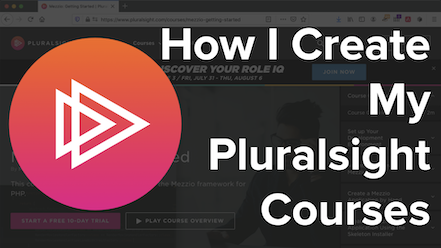
How I Create My Pluralsight Courses
Last week, my most recent Pluralsight course launched! In this post, as well as shamelessly promoting it, I step through what it took to create it, including my online course creation process.

Last week, my most recent Pluralsight course launched! In this post, as well as shamelessly promoting it, I step through what it took to create it, including my online course creation process.
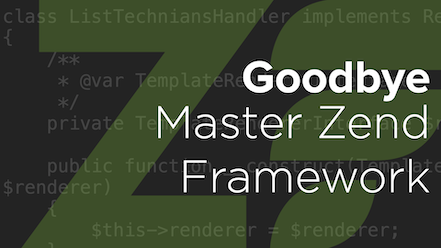
It’s with some sadness, that earlier this week, I wished a fond farewell to the biggest blog I ever created, Master Zend Framework. Given that, it only feels right — and responsible — to talk about what motivated the decision to close the blog, and what the future holds for the blog’s content.
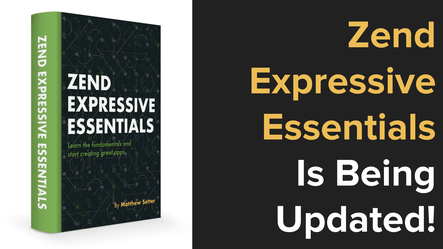
As Zend Framework is now rehomed at the Linux Foundation and has also been rebranded, I’ve decided to update my book and course on Zend Expressive. In this post, I’m giving some background about the journey of creating the book, insight into the progress I’ve made, and what lies ahead.
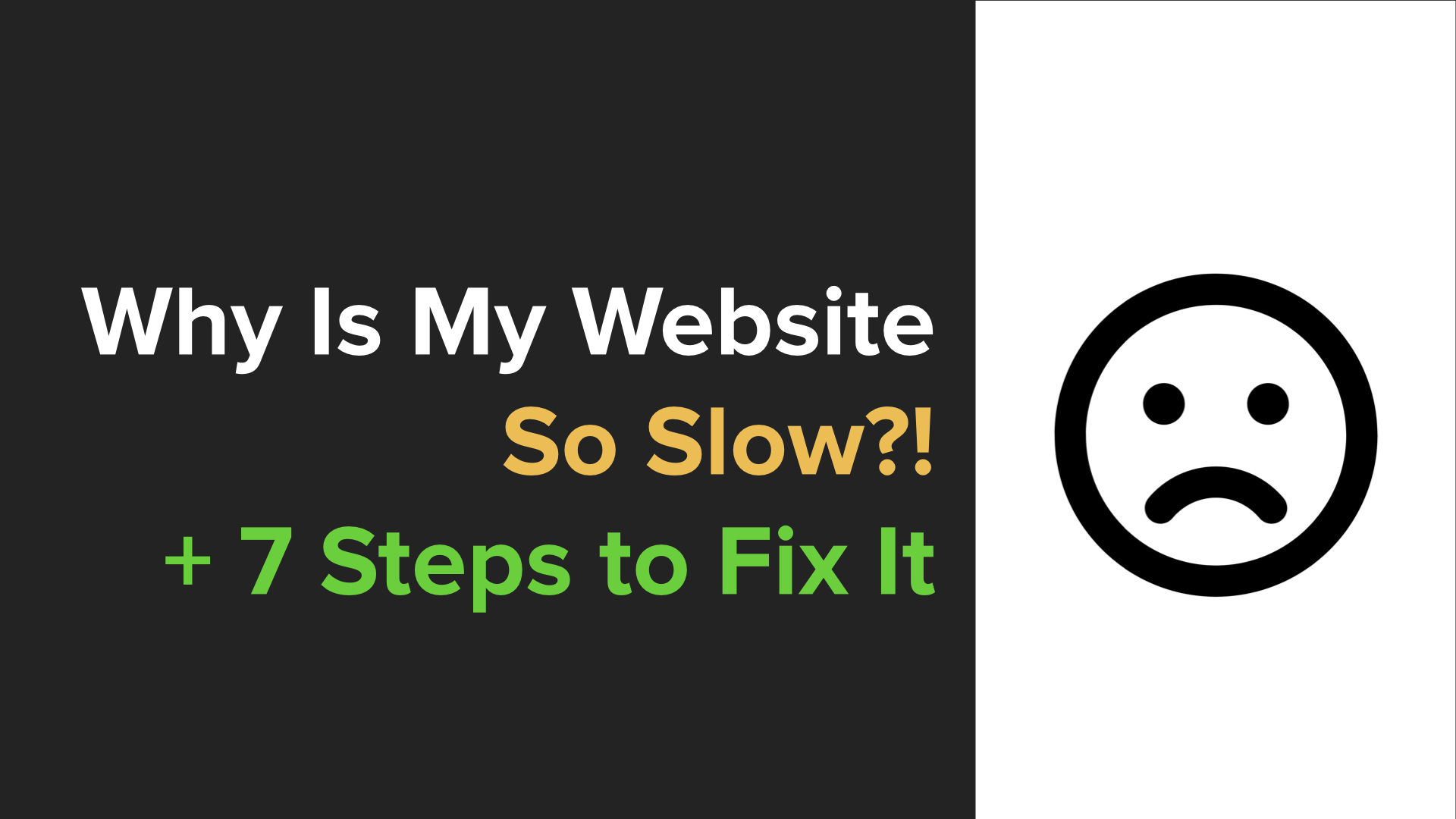
Is your website (or web-based application) not performing like you expect it should? Not sure why or what to do about it? Then come learn about some key things you can do to have your website perform properly.
Ever wanted to dynamically expand the functionality of an object which you retrieve from your dependency injection container, based on different needs, yet without creating messy, hard to maintain configurations? Then you’re going to want to know about a powerful new technique - called Delegator Factories.
Ever thought that it’s hard to get started with Zend Expressive? Ever think you need to know Vagrant, Ansible, Docker, Puppet, Linux, and more? Nope, you don’t! In this post, I’m going to show you that, while these tools can help, if you’re just getting started with the framework (such as learning about it), you don’t need them.
Ever thought of creating a Zend Expressive module, one that either scratches an itch or allows you to use a set of related functionality across multiple Zend Expressive projects? I created one recently and share how I did it with you in this three-part series.
If you need to migrate Zend Expressive applications from version one to two, don’t do everything by hand! Save yourself time, and make use of Zend Expressive Tooling.
For the longest time, Zend Framework hasn’t had the strongest support for command-line tooling and scaffolding. However, in recent times, that’s all changed. Come find out how to use Expressive’s new tooling support to create modules and middleware rapidly.
Perhaps you’ve not seen the news on Twitter, Facebook, or the mailing list. If so, you may not know that I’m actively working on a new book and course about Zend Expressive.
If you are managing one or more Zend Framework 2 applications, did you know that you can already begin porting them to Zend Expressive? In this tutorial, you will learn how you can start today, using the Zend/PSR-7 bridge.
Want a simpler way to configure a Zend Expressive application? Want to simplify how it’s done, yet still be sufficiently expressive enough, that it’s easy to read and maintain? Then it’s time you got to know Interop-Config by Sandro Keil.
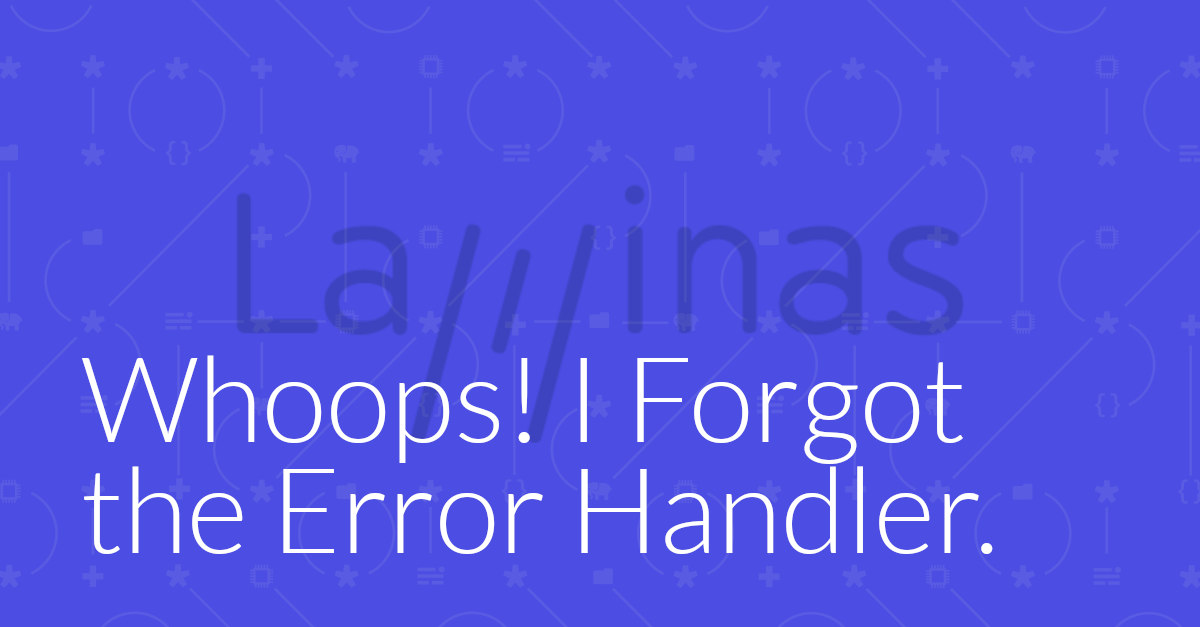
Ever experienced HTTP 500’s, but found that your error logs are empty. Ever had no clue why or how this could be happening? Perhaps you forgot to enable the Whoops error handler.
Laravel’s Eloquent ORM isn’t likely the first one you think of when using Zend Expressive. You likely think of Zend\Db or Doctrine. But, with a little bit of work, it’s possible to use Eloquent with Expressive. Today’s tutorial shows you how - step-by-step.
A common requirement of web-based applications is to upload and download files. But, out of the box, there’s no simple way to download them in Zend Expressive. This tutorial shows you how - step-by-step.
Can you develop application in Zend Expressive as easily as you can with Laravel? Is it possible to make Zend Expressive fly, like Laravel does out-of-the-box? Recently I sought to find out. Here’s my step-by-step guide to doing it + some key recommendations.
Zend Expressive is an excellent framework for building modern applications; whether micro or enterprise-sized applications. But that doesn’t mean that it’s the easiest to get up to speed with. Today I’m going to share with you what I’ve learned, building applications using it.
This week’s been an exciting one on the podcast, with two new episodes covering interoperability and how to configure Zend Expressive applications. Here’s a recap.
Using Codeception as your testing framework of choice? Did you know it’s really easy to test Zend Expressive TableGateway classes? It’s almost painfully easy. This tutorial walks you through, step-by-step.
In case you missed the news, Zend Expressive 1.0.0 Stable Has Been Released
Zend Expressive is a great foundation on which to build an application, especially if you want to keep it small and lean. But out of the box, form view helpers aren’t available. Here’s how to make them available.
Over the last number of months the Zend Framework team’s been hard at work on Zend Framework 3. And there are major changes afoot. In this 2-part series, we look at one of the core components - Zend Expressive.
Over the last number of months the Zend Framework team’s been hard at work on Zend Framework 3. And there are major changes afoot. In this 2-part series, we look at one of the core components - Zend Expressive.